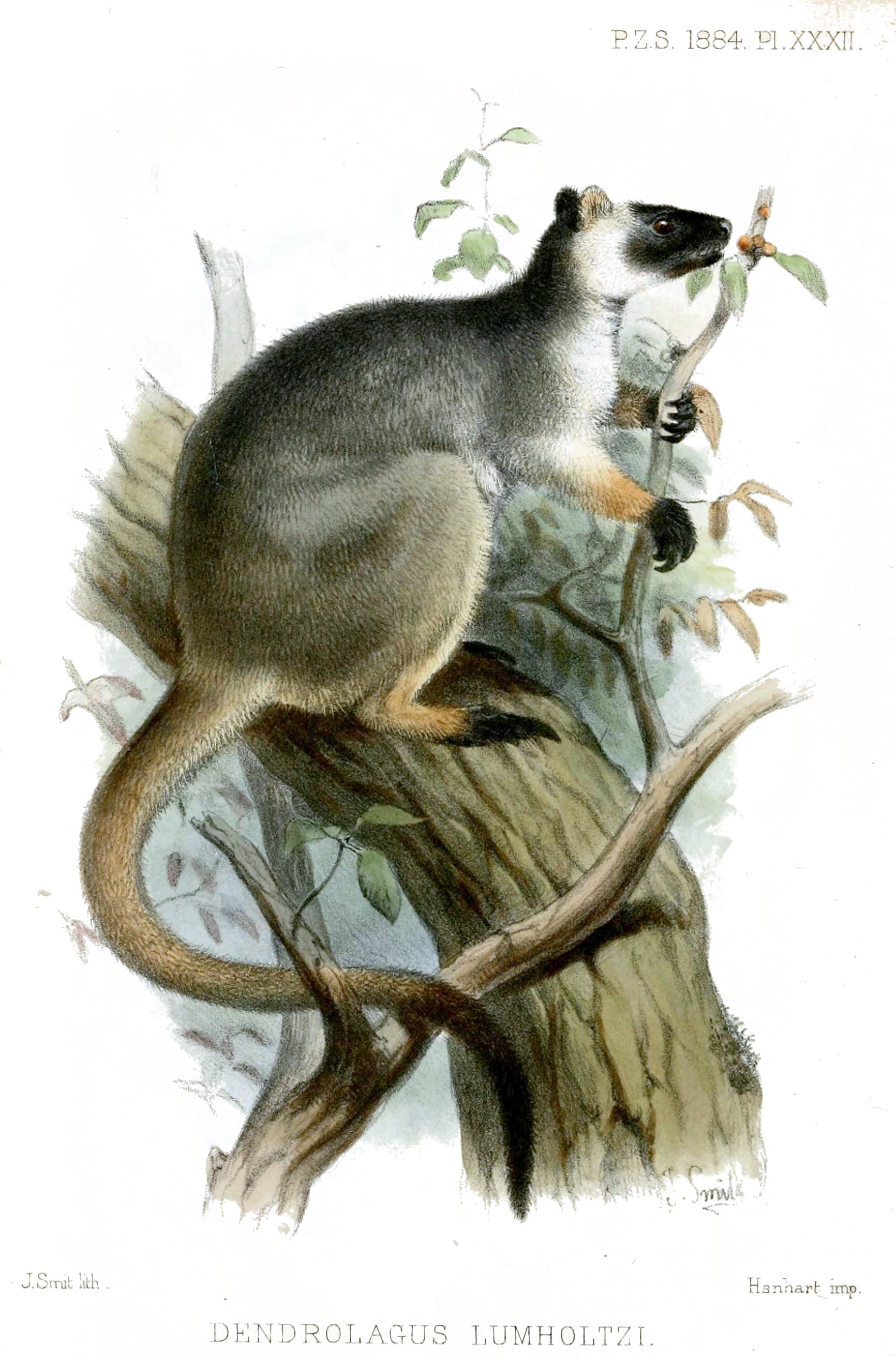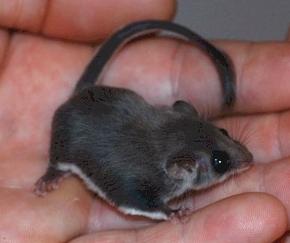|
Brisbane Forest Park, Queensland
Brisbane Forest Park (now officially the southern part of D'Aguilar National Park), is located on parts of the D'Aguilar Range. The large nature reserve lies on the western boundary of City of Brisbane into the Moreton Bay Region, Queensland, Australia, in Enoggera Reservoir, adjacent to The Gap and between the Mount Coot-tha Reserve on the Taylor Range and higher peaks to the north. Brisbane Forest Park supports plants and animals and is essential to their survival. The main entrance is located in the suburb of The Gap although there are a number of other access points. A number of waterways have their headwaters in the park including South Pine River, Enoggera Creek, Gold Creek, Moggill Creek and its tributary Gap Creek, Cabbage Tree Creek and Cedar Creek, a tributary of Kedron Brook. Lake Manchester Dam, Gold Creek Dam and Enoggera Dam are also located within the park. History The first national park on the D'Aguilar Range, Maiala National Park was declared in 1930. The ... [...More Info...] [...Related Items...] OR: [Wikipedia] [Google] [Baidu] |
D'Aguilar National Park
D'Aguilar National Park is a national park in Queensland, Australia. It contains the D'Aguilar Range and is located along the northwest of the Brisbane metropolitan area. The park is traversed by the winding scenic Mount Nebo Road and Mount Glorious Road. The park contains eucalyptus woodlands, sheltered pockets of sub-tropical rainforest, a number of crevasses and views of Moreton Bay and the Glass House Mountains.D'Aguilar National Park Retrieved 18 November 2012. The Walkabout Creek Visitor Centre is located at the edge of the park. There are two formal, vehicle accessible camping areas in the Mount Mee section and eight remote bush camping sites (accessible only by walking) in the southern D'Aguilar (forme ... [...More Info...] [...Related Items...] OR: [Wikipedia] [Google] [Baidu] |
Swamp Wallaby
The swamp wallaby (''Wallabia bicolor'') is a small macropod marsupial of eastern Australia. This wallaby is also commonly known as the black wallaby, with other names including black-tailed wallaby, fern wallaby, black pademelon, stinker (in Queensland), and black stinker (in New South Wales) on account of its characteristic swampy odour. The swamp wallaby is the only living member of the genus ''Wallabia''. Etymology Historic names for the swamp wallaby include Aroe kangaroo and ''Macropus ualabatus'', as well as ''banggarai'' in the Dharawal language. Habitat and distribution The swamp wallaby is found from the northernmost areas of Cape York Peninsula in Queensland, down the entire east coast and around to southwestern Victoria. It was formerly found throughout southeastern South Australia, but is now rare or absent from that region. It inhabits thick undergrowth in forests and woodlands, or shelters during the day in thick grass or ferns, emerging at night to feed. Brig ... [...More Info...] [...Related Items...] OR: [Wikipedia] [Google] [Baidu] |
Lumholtz's Tree-kangaroo
Lumholtz's tree-kangaroo (''Dendrolagus lumholtzi'') is a rare, long-tailed bear-like mammal found in rainforests in northeastern Australia. Like most tree-kangaroos (genus ''Dendrolagus''), it lives alone in trees and feeds on plant matter. It belongs to the macropod family (Macropodidae) with kangaroos, and carries its young in a pouch like other marsupials. It is threatened by climate change and diseases, and is found in the hilly, fertile Atherton Tableland in Queensland. Name The species name ''lumholtzi'' is after the Norwegian explorer Carl Sofus Lumholtz (1851–1922), who was the first European to record a specimen in 1883. The local indigenous Dyirbal and Yidiny language name may have been either "mabi" or "mapi". Description and habitat It is the smallest of all tree-kangaroos, with males weighing an average of 7.2 kg (16 lbs) and females 5.9 kg (13 lbs). Its head and body length ranges from 480–650 mm, and its tail, 600–740 mm. ... [...More Info...] [...Related Items...] OR: [Wikipedia] [Google] [Baidu] |
Striped Possum
The striped possum or common striped possum (''Dactylopsila trivirgata'') is a member of the marsupial family Petauridae. it is found mainly in New Guinea. The species is black with three white stripes running head to tail, and its head has white stripes that form a 'Y' shape. It is closely related to the sugar glider, and is similar in appearance. Taxonomy The striped possum was first described by John Edward Gray in 1858 from a specimen sent from the Aru Islands (in Indonesia) to the British Museum by Alfred Russel Wallace. Gray gave the species the name ''Dactylopsila trivirgata'' in 1858, the name the species retains today. The illustration that appeared alongside the first description was produced by Joseph Wolf. Range The striped possum is most commonly found in New Guinea as well as several other small islands in the area (including the Solomon Islands). It also lives in Queensland, Australia, in rainforests and eucalypt woodland along the east coast of Cape York Penin ... [...More Info...] [...Related Items...] OR: [Wikipedia] [Google] [Baidu] |
Feathertail Glider
The feathertail glider (''Acrobates pygmaeus''), also known as the pygmy gliding possum, pygmy glider, pygmy phalanger, flying phalanger and flying mouse, is a species of marsupial native to eastern Australia. It is the world's smallest gliding mammal and is named for its long feather-shaped tail. A second species, the broad-toed feathertail glider (''Acrobates (Dromicia) frontalis'', De Vis 1887) is recognised by some authors based on unpublished genetic studies and cryptic morphological differences in toe and tail characteristics. With this recognition, it is suggested that ''Acrobates pygmaeus'' takes the common name narrow-toed feathertail glider. Description At just in head-and-body length and weighing about , the feathertail glider is only around the size of a small mouse, and is the world's smallest gliding mammal. The fur is soft and silky, and is a uniform greyish brown on the upper body, and white on the underside. There are rings of dark fur around the eyes, the rhi ... [...More Info...] [...Related Items...] OR: [Wikipedia] [Google] [Baidu] |
Short-beaked Echidna
The short-beaked echidna (''Tachyglossus aculeatus''), also called the short-nosed echidna, is one of four living species of echidna and the only member of the genus ''Tachyglossus''. It is covered in fur and spines and has a distinctive snout and a specialized tongue, which it uses to catch its insect prey at a great speed. Like the other extant monotremes, the short-beaked echidna lays eggs; the monotremes are the only living group of mammals to do so. The short-beaked echidna has extremely strong front limbs and claws, which allow it to burrow quickly with great power. As it needs to be able to survive underground, it has a significant tolerance to high levels of carbon dioxide and low levels of oxygen. It has no weapons or fighting ability but repels predators by curling into a ball and deterring them with its spines. It lacks the ability to sweat and cannot deal with heat well, so it tends to avoid daytime activity in hot weather. It can swim if needed. The snout has m ... [...More Info...] [...Related Items...] OR: [Wikipedia] [Google] [Baidu] |
Platypus
The platypus (''Ornithorhynchus anatinus''), sometimes referred to as the duck-billed platypus, is a semiaquatic, egg-laying mammal Endemic (ecology), endemic to Eastern states of Australia, eastern Australia, including Tasmania. The platypus is the sole living representative or monotypic taxon of its Family (biology), family (Ornithorhynchidae) and genus (''Ornithorhynchus''), though a number of Fossil Monotremes, related species appear in the fossil record. Together with the four species of echidna, it is one of the five wikt:extant, extant species of monotremes, mammals that lay Egg (biology), eggs instead of giving birth to live young. Like other monotremes, it senses prey through electroreception, electrolocation. It is one of the few species of venomous mammals, as the male platypus has a spur (zoology), spur on the hind foot that delivers a Platypus venom, venom, capable of causing severe pain to humans. The unusual appearance of this egg-laying, duck-billed, beaver-t ... [...More Info...] [...Related Items...] OR: [Wikipedia] [Google] [Baidu] |
Satin Bowerbird
The satin bowerbird (''Ptilonorhynchus violaceus'') is a bowerbird endemic to eastern Australia. A rare natural hybrid (biology), intergeneric hybrid between the satin bowerbird and the regent bowerbird is known as Rawnsley's bowerbird. Description Mature males have violet-blue eyes and are uniformly coloured black, however, light diffraction by the surface texture of the feathers results in an almost metallic sheen giving a deep shiny blue appearance. Immature males are coloured and marked the same as females and are often mistaken for them. Females might be mistaken for the green catbird or spotted catbird with distinctively green/brown or otherwise entirely brown upper body and lighter under body with a distinct reticulated or scalloped pattern, but with very striking blue eyes. Distribution The satin bowerbird is common in rainforest and tall wet sclerophyll forest in eastern Australia from southern Queensland to Victoria (Australia), Victoria. There is also an isolated po ... [...More Info...] [...Related Items...] OR: [Wikipedia] [Google] [Baidu] |
Nocturnal Animal
Nocturnality is an animal behavior characterized by being active during the night and sleeping during the day. The common adjective is "nocturnal", versus diurnal meaning the opposite. Nocturnal creatures generally have highly developed senses of hearing, smell, and specially adapted eyesight. Some animals, such as cats and ferrets, have eyes that can adapt to both low-level and bright day levels of illumination (see metaturnal). Others, such as bushbabies and (some) bats, can function only at night. Many nocturnal creatures including tarsiers and some owls have large eyes in comparison with their body size to compensate for the lower light levels at night. More specifically, they have been found to have a larger cornea relative to their eye size than diurnal creatures to increase their : in the low-light conditions. Nocturnality helps wasps, such as ''Apoica flavissima'', avoid hunting in intense sunlight. Diurnal animals, including squirrels and songbirds, are active duri ... [...More Info...] [...Related Items...] OR: [Wikipedia] [Google] [Baidu] |
Aquarium
An aquarium (plural: ''aquariums'' or ''aquaria'') is a vivarium of any size having at least one transparent side in which aquatic plants or animals are kept and displayed. Fishkeepers use aquaria to keep fish, invertebrates, amphibians, aquatic reptiles, such as turtles, and aquatic plants. The term ''aquarium'', coined by English naturalist Philip Henry Gosse, combines the Latin root , meaning 'water', with the suffix , meaning 'a place for relating to'. The aquarium principle was fully developed in 1850 by the chemist Robert Warington, who explained that plants added to water in a container would give off enough oxygen to support animals, so long as the numbers of animals did not grow too large. The aquarium craze was launched in early Victorian England by Gosse, who created and stocked the first public aquarium at the London Zoo in 1853, and published the first manual, ''The Aquarium: An Unveiling of the Wonders of the Deep Sea'' in 1854.Katherine C. Grier (2008) "Pet ... [...More Info...] [...Related Items...] OR: [Wikipedia] [Google] [Baidu] |
Aviary
An aviary is a large enclosure for confining birds, although bats may also be considered for display. Unlike birdcages, aviaries allow birds a larger living space where they can fly; hence, aviaries are also sometimes known as flight cages. Aviaries often contain plants and shrubbery to simulate a natural environment. Various types of aviary Large aviaries are often found in the setting of a zoological garden (for example, the London Zoo, the National Zoo in Washington, D.C., and the San Diego Zoo). Walk-in aviaries also exist in bird parks, including the spacious Jurong BirdPark in Singapore, or the smaller Edward Youde Aviary in Hong Kong. Pittsburgh is home to the USA's National Aviary, perhaps the most prominent example in North America of an aviary not set inside a zoo. However, the oldest public aviary not set inside a zoo in North America, the Hamilton Aviary is located in Hamilton, Ontario, Canada. Tracy Aviary is an example of a bird park within a public urban park ... [...More Info...] [...Related Items...] OR: [Wikipedia] [Google] [Baidu] |



.jpg)


._First_Description_1799.jpg)



